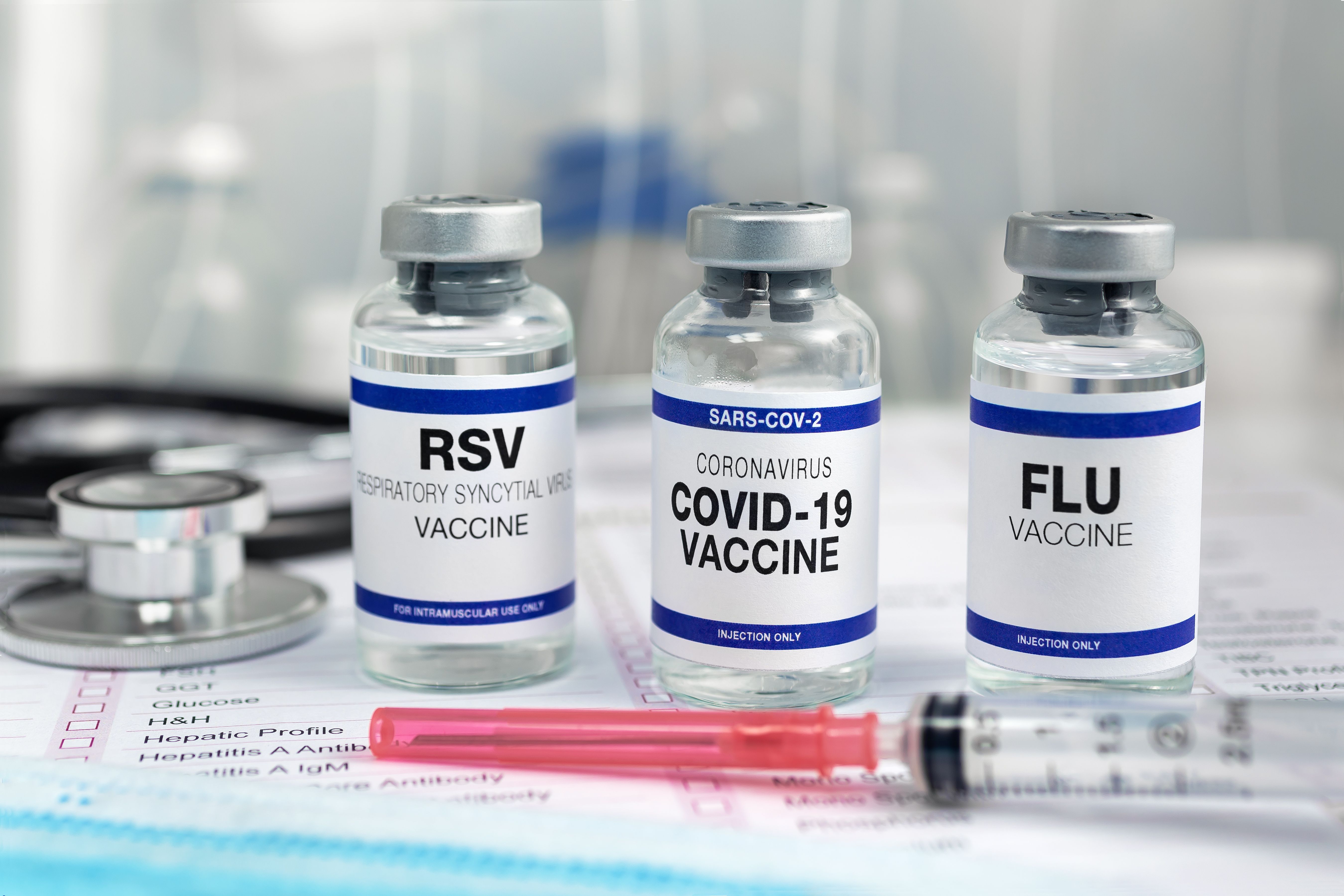Article
Development of PrEP for COVID-19 Could Allow Country to Open Safely Before a Vaccine Is Available
Author(s):
A new report from PrEP4All Collaboration warned that current research efforts aimed at controlling the COVID-19 pandemic are missing an important area of research into PrEP.
A new report from PrEP4All Collaboration warned that current research efforts aimed at controlling the coronavirus disease 2019 (COVID-19) pandemic are missing an important area of research into pre-exposure prophylaxis (PrEP) drugs. Due to the nature of vaccine testing, it is possible that a vaccine will not be made available until as late as 2022. Because of this possible timeline, a faster option is necessary in order to allow the country to open safely before a vaccine is available, according to the PrEP4All Collaboration.1
Development of PrEP for COVID-19 is likely possible in a shorter period of time than a vaccine. Although there are no drugs approved yet for treatment or prevention of COVID-19, expert opinions and computer modeling analysis have been able to identify a set of compounds, both small molecules and biological macromolecules, that could stop severe acute respiratory syndrome coronavirus 2 (SARS-CoV2) from replicating in the body.1
PrEP has already been established as an effective medicine that revolutionized the fight against HIV. Since a vaccine for HIV has not yet been developed after decades of research, PrEP has been able to act as a preventative measure for those vulnerable to the disease.1 As a preventative measure, PrEP has been able to reduce vulnerable populations’ chance of infection by over 99%.2
“Our experience with HIV shows that we cannot pin all our hopes on the development of a vaccine, no matter how optimistic we may be,” said James Krellenstein, a co-founder of PrEP4All and member of the COVID-19 Working Group New York, in a press release. “Development of PrEP for COVID-19 has the potential to be a major breakthrough until a vaccine is available. But research efforts will fail to deliver unless we take a dramatically different approach.”2
Currently, scientists have found that some of the molecules that could block the replication of SARS-CoV-2 are already FDA-approved drugs. However, the United States has not been able to coordinate the necessary processes that would effectively evaluate the antiviral potency of these compounds in vitro. This has resulted in a limited number of them having been tested to prove their efficacy in preventing COVID-19.1
In its report, the PrEP4All Collaboration detailed 3 recommendations to facilitate a centrally coordinated process created by the US National Institutes of Health (NIH), along with industry and international partners, that would support the development of PrEP for COVID-19 prevention1:
- Establish a coordinated process that would rapidly increase the number and diversity of anti-viral molecules being tested. If the federal government coordinated a centralized, high throughput screening program, it would be able to facilitate the quick identification of antiviral inhibitors of SARS-CoV2 in vitro.
- Develop a cross-institutional committee at NIH and the WHO to coordinate promising PrEP candidates who will advance to clinical trials. Using a panel of experts from across academia and the medical industry, a cross-institutional committee would be able to assess candidate molecules that present antiviral potential in vitro for advancement to clinical trials.
- Create and fund a mechanism that would oversee clinical trial research across institutions and nations. The creation of a trial network would support the prevention of duplicating clinical trials and ensure all PrEP candidates are evaluated in properly designed randomized placebo controlled clinical trials.
The establishment of these progressive actions could support a safe and effective reopening process for countries around the world affected by COVID-19 before a vaccine has become available.2
“PrEP4All has done the world a great service,” said Gregg Gonsalves, assistant professor of Epidemiology at the Yale School of Public Health, in a press release. “Using antiviral drugs to prevent SARS-CoV2 transmission, just as we use them to prevent HIV, opens up another way to bring this pandemic to an end. Unfortunately, what PrEP4All exposes is an effort just getting off the ground, with no coordination and leadership of key tasks like high throughput screening and prioritization of clinical trials. NIH, FDA, WHO should heedPrEP4All’s recommendations to get this effort on track and scaled-up.”2
From prior experience with pandemics such as HIV, according to the report, it has been established that the most efficient method of advancing results is by creating a coordinated process between institutions such as the NIH and WHO, as well as academic and industry partners. Such a process can result in clearer directions regarding basic science and clinical care for a disease.1
In the past, PrEP has been highly effective at fighting pandemics that devastated global populations in a way that seemed uncontrollable. Today, no one knows with certainty the method that will effectively control COVID-19, but it has become necessary to find the most efficient way possible.1
“We owe it to the world to explore every possible option in controlling this pandemic,” said Krellenstein in a press release. “PrEP could be a game-changer for the COVID-19 response and save countless lives, especially among the most vulnerable populations. But that will not happen unless we better coordinate our efforts and urgently prioritize research.”2
REFERENCES
- PrEP4All Collaboration. Advancing Development of PrEP for COVID-19. Release May 13, 2020. Accessed May 14, 2020.
- Development of PrEP for COVID-19 Could be a Game-Changer, But Research is Failing, New Report Warns [News Release]. New York, NY: PrEP4All Collaboration; May 13, 2020. Accessed May 14, 2020.





